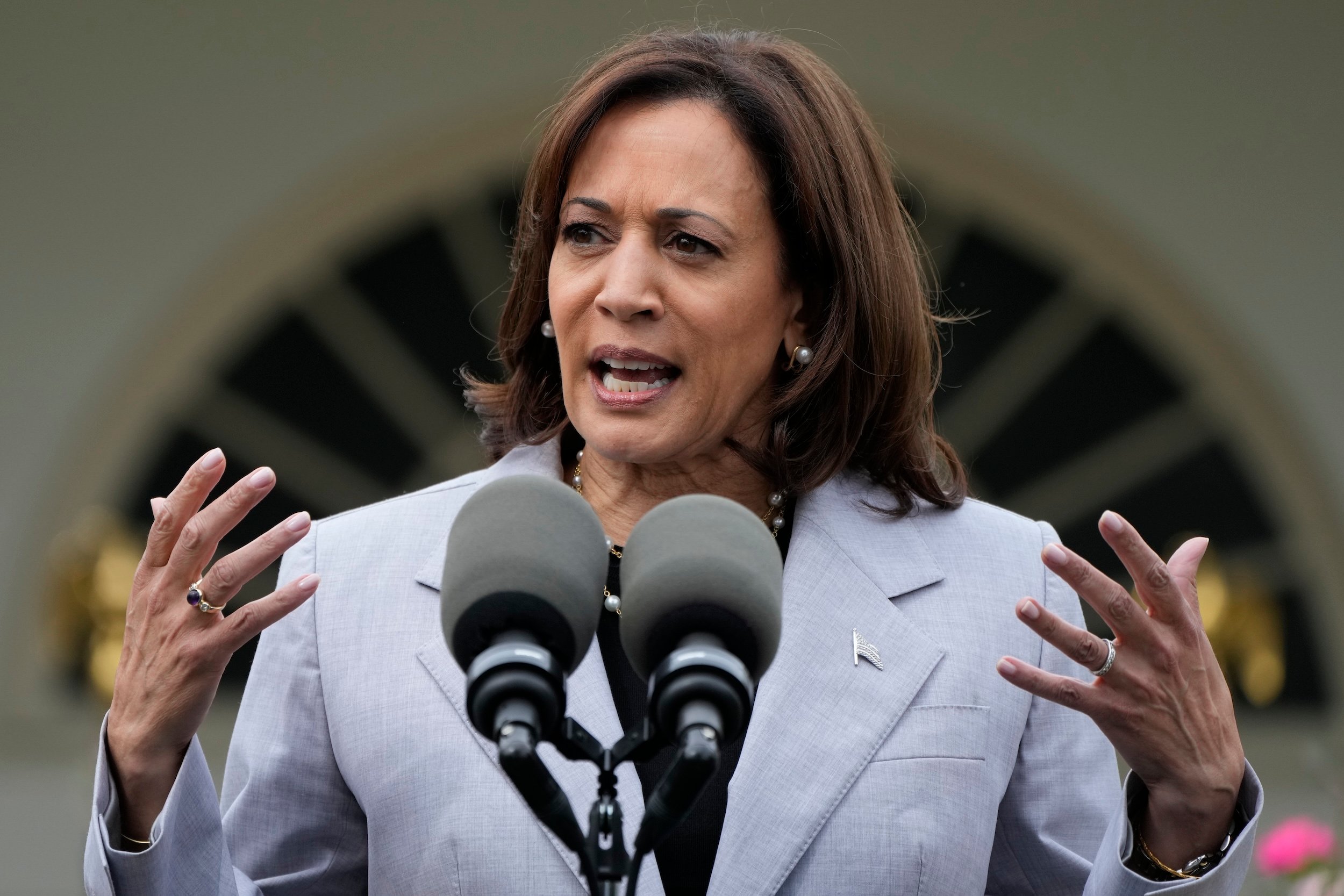What To Know Today
Policies that target white violence have often ended up ensnaring people of color. After a pair of white students killed 12 classmates and a teacher in the 1999 Columbine school shooting, the federal government granted school districts nationwide hundreds of millions of dollars to hire school resource officers. The influx of armed security fell particularly hard on Black students — a phenomenon now known as the school-to-prison pipeline. “We know who the profile of the school shooter is, but that wasn’t who was profiled,” the head of a civil rights advocacy group tells the The Marshall Project. (As we’ve reported, research has also raised serious doubts about whether armed guards actually deter school attacks.) Reporter Eli Hager traces the disparate impacts of two other federal interventions – the Racketeer and Corrupt Organizations (RICO) Act and anti-terror measures enacted after the Oklahoma City bombing – in an article the previews some of the pitfalls policymakers will need to navigate as they address the threats manifested by the Capitol siege.
- “Giving prosecutors more authority and leverage to punish those who are despised — right now, that’s White racist fascists — will inevitably result in more poor nonwhite people being prosecuted,” the head of a public defenders group cautions.
An extremist website promoting armed demonstrations this weekend was taken offline. A Canadian host severed service for Tree of Liberty, which purported to be the main platform for the far-right boogaloo movement and was a major promoter of potentially violent events that may be planned for all 50 state capitols and Washington, D.C., this weekend. Tree of Liberty joins several other right-wing sites that have gone dark since the Capitol insurrection. In a twist, someone appears to have bought TOL’s domain and set up a redirect to the music video for Rick Astley’s ‘80s hit “Never Gonna Give You Up,” an online prank called “Rickrolling.” — Chip Brownlee, investigative fellow
Facebook has been targeting ads for gun accessories and tactical gear to accounts that follow extremist content. The postings for gun belts, rifle enhancements, and other military-style ware appeared after the U.S. Capitol attacks, according to Tech Transparency Project data reported on by BuzzFeed News. The nonprofit watchdog discovered the ads using a Facebook account that mimicks the news feed of a person following extremist sites. The ads reportedly continued even after Facebook employees flagged them internally.
It wanted to build a better social network. Then the white supremacists arrived. MeWe has attracted militia groups, extremists, and threats of violence, despite terms of service that reject such content and reserve the right to ban any user, a OneZero investigation reveals. “The flight of far-right extremists from Facebook and Twitter is going to put an immense strain on these developing platforms,” said one online extremism researcher. After publication, MeWe said it had banned all groups mentioned in the story and was working to root out extremist content.
Two men arrested on gun charges outside a vote-counting center in November joined the Capitol insurrection. Virginia residents and pro-Trump conspiracists Antonio Lamotta and Joshua Macias allegedly had plans to violently stop the counting of mail-in ballots when they drove to Philadelphia on November 5 armed with a rifle and ammunition. After the two were released pending trial last month, they participated in the riot at the Capitol by trespassing in prohibited areas and inciting others to enter the building, respectively, the Philadelphia District Attorney’ Office said in arguing for their bail to be revoked.
A trend suggested in photos is now supported by data: Police are more likely to use force against left-wing protesters. The U.S. Crisis Monitor database has now tracked 13,000 demonstrations since last April. The vast majority have been peaceful, and overall, law enforcement’s use of force against protesters is rare, the numbers show. But a Guardian analysis reveals an important disparity: 4.7 percent of left-wing protests resulted in police force vs. 1.4 percent for right-wing rallies. In protests where participants were nonviolent, law enforcement’s use of force was even more likely against left-wing demonstrations.
Last-minute rule change may force banks to lend to gun companies. On his last day, the acting head of the little-known Office of the Comptroller of the Currency finalized a rule that will make it much harder for banks to cut ties with controversial industries by prohibiting them from denying services to businesses based on political considerations, reputational risks, or broader societal concerns. The move, which has Wall Street interests and gun violence prevention groups fuming, comes after a number of banks have ended relationships with or placed restrictions on gun manufacturers. “The rule lacks both logic and legal basis, it ignores basic facts about how banking works, and it will undermine the safety and soundness of the banks to which it applies,” said Greg Baer, the president and CEO of the Banking Policy Institute. As I reported in December, it could be difficult for the Biden administration to quickly undo the policy change, lest the new Congress employs its authority to override new regulations. — C.B.
Data Point
13.6 percent to 13.7 percent — the uptick in law enforcement spending last year as a share of general expenditures in the country’s 50 largest cities, despite many pledging sharp reductions. [Bloomberg]

